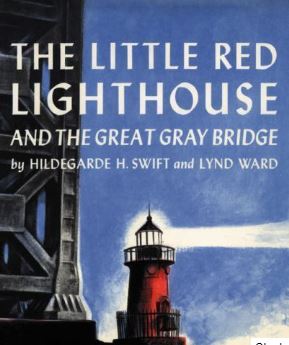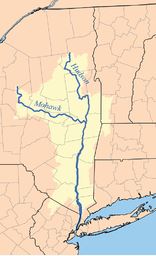If you’ve stumbled here from Pinterest, or some other site … welcome! While each of these books/lessons can stand alone, they are also a part of a year-long series that we have taught at our homeschool co-op. Each lesson builds in part on the one before. Some stories also have similar themes with the books that go before/after them. If you are interested in more information, or to see the complete booklist, check out our main page, More FIAR – Inspired Literature-Based Lesson Plans, especially for homeschool and homeschool co-ops. Thanks for looking around, and welcome to the site!
The Little Red Lighthouse and the Great Gray Bridge
by Hildegarde Swift and Lynd Ward
Things I will need:
- The Little Red Lighthouse by Hildegarde Swift
- The Little Red Lighthouse Handwriting Sheet (printable version here)
- Close-up Map of Hudson River
- Book showing landmarks of New York City. At the recommendation of the Five in a Row Curriculum, we chose My New York by Kathy Jacobson.
- Compound Word Cards (printable version here)
- Construction Paper (standard size)
- Glue Sticks
- Scissors
Review:
Take a minute to review the word Onomatopoeia. What is it? Who can give an example of using Onomatopoeia in writing?
Take another minute to talk about the parts of a story that you introduced last week. What does a good story have? (Characters, Setting, Conflict, Climax, Resolution).
Tell the class that you are going to be searching for examples of the parts of the story and onomatopoeia with today’s story as well.
Introduce the Setting:
Take a moment to introduce New York City and the Hudson River. There are so many things you can say and include here, that it is really up to you. We chose to use My New York by Kathy Jacobson to look over some of the iconic pictures of NYC. Explain this is the most populated city in the United States. Years ago, it was also the city that many many immigrants came through when they first arrived in our country (something we will touch on later in the year). Ask the class why they think this city because so popular? (Right on the coast, Ellis Island/Statue of Liberty welcomed Europeans, large Hudson River made a way for trade/business and supplies to easily get in and out.)
The Hudson River was named for Henry Hudson who explored it in early 1600’s (1609). This is a two years after the Jamestown, Virginia colony was settled, an interesting historical point if you want to point it out. Either way, take a moment to find the Hudson and notice how far inland it goes. Find The Statue of Liberty and Ellis Island, right at the beginning of the Hudson River, seemingly marking the separation from the Ocean to the River. Then travel up the river on the map and find the George Washington Bridge, and the location of the Little Red Lighthouse.
This is a map I cropped from Google Maps. The red marker shows the location of the Little Red Lighthouse, the bottom circle is where Ellis Island and the Statue of Liberty are located.
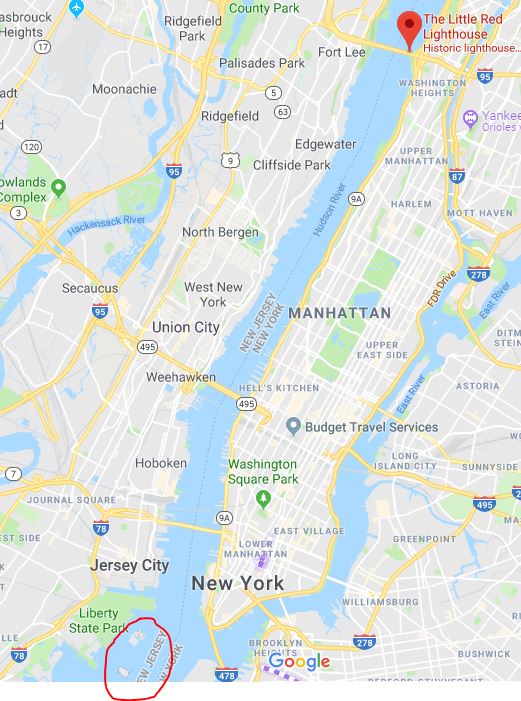 |
| Click here to see the map up close |
This map from Wikipedia shows where the Hudson Bay starts, way up in Lake Tear-in-the-Clouds. (as mentioned in the book). The Lake and River are so small at the beginning that it is impossible to see when zoomed out, but this picture is a good one to show the path it travels. It also may be interesting to introduce the concept that Rivers begin in Lakes, usually in Higher Elevations, and flow into the Ocean. This is what is happening in the Hudson River, where our story takes place.
Introduce the Story:
Read the Story:
After You Finish the Story: Compound Words
Take a moment to introduce the concept of compound words. The most obvious one of the day: Lighthouse. Light is a word by itself. House is a word by itself. But when you put them together, they make a new word. Can the class think of any?
If you want some samples, you can see a massive list of compound words here, but you probably only need a few to get the point across.
There are tons of compound word samples on Pinterest … but guess what … you have to pay for most of them. Or sign up for something. Or they just didn’t fit into the craft I was wanting to do. I wanted a simple fold-able, like something I saw here. But the cards she had listed I had to pay for at another website. Blah. So here is a set I made. Maybe not as fancy as some others, but they’re FREE and they fit perfectly on a piece of construction paper.
Holding a standard sized sheet of construction paper vertically, fold the paper very lightly in half, so you can see where the middle is. Then fold each side into the middle. Make 4 slits into each side, so you end up with 5 equal (or close to equal) spots. Like so:
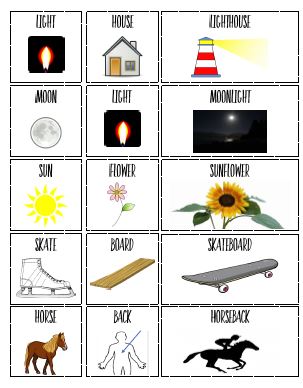 |
| Click here for printable version (more compound words included than seen here) |
In my search for free Compound Word Printables, I also found these, they just were too big for what I wanted to do.
Handwriting
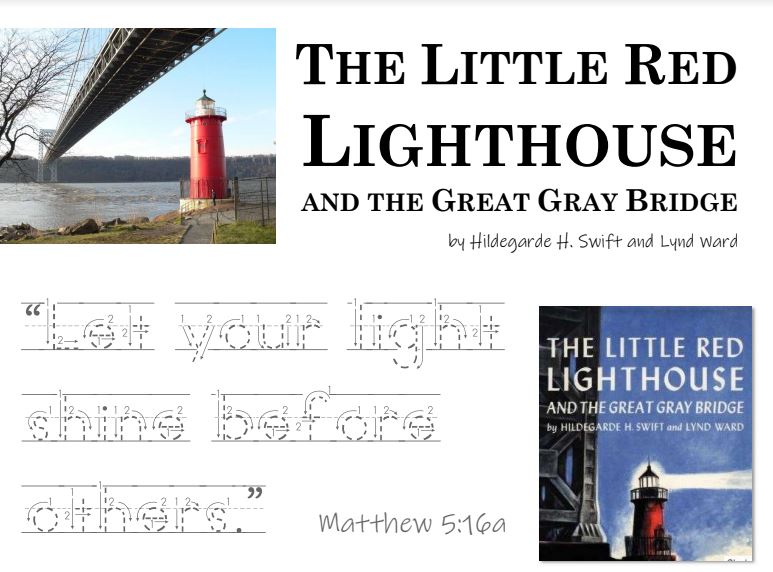 |
| Click here for printable version
|

